Sunday September 7 I attended The Native Cooking Award 2014 at Knuthenlund estate on the island of Lolland – one of the southernmost parts of Denmark. It is the third time this international competition is held by the owners of Knuthenlund, Susanne Hovmand-Simonsen and her husband, Jesper Hovmand-Simonsen.
The trip to Knuthenlund was my first real visit to Lolland island. Of course I have crossed the island many times to get to Rødby to catch the ferry to Puttgarden in Germany, so my idea of Lolland was that of a flat, uninteresting part of the country. These two days to Knuthenlund proved me wrong.
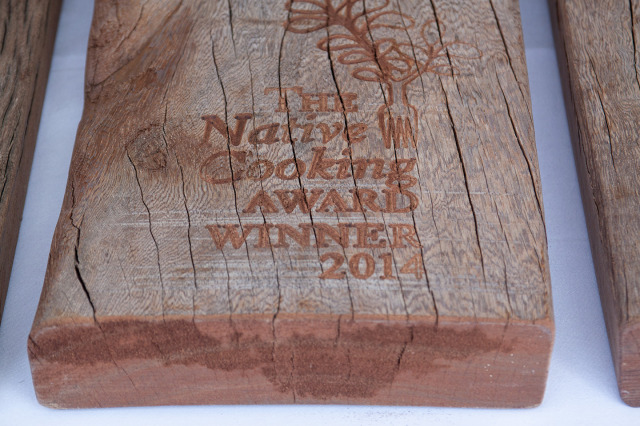
Jesper Hovmand-Simonsen welcoming the chefs and guests
Knuthenlund truly is a marvellous place. In only 7 years the Hovmand-Simonsens have succeeded in turning an old, conventional farm into one of the biggest producers of organic meat and artisan dairy in Denmark. The products made at the estate’s own dairy is of absolutely stunning quality. I’ve never had goat cheese this good – normally I don’t even like goat cheese, but this was delicious and so delicate.
Spending two days at Knuthenlund was kind of a revelation to me. The owners’ ambition is not only to produce milk, meat and grain, but also to control the refinement of the produce, and thus the end quality. I was impressed by the event, by the place itself, and by the amount of hard work put into this estate by Susanne and Jesper. And above all: I was impressed by their relentless quest to show that business and quality are not mutually exclusive.
Knuthenlund
Something exciting may be happening in this remote, and quite poor, part of Denmark. Lolland has the best farm land in the country and combined with the fact that the island receives just a wee bit more light and warmth than the rest of Denmark – due to its southern location and the surrounding sea – it’s possible for the locals to grow some amazing fruit and even grapes. Produce from Lolland and small islands nearby, such as Fejø, is renowned for its quality. For example Knuthenlund exports its cheeses to French and Belgian Michelin restaurants and the cherry wine from the nearby estate Frederiksdal is famous outside Denmark as well.
The Native Cooking Award is a way for Knuthenlund to shine some light on the quality of its own and its neighbours’ produce. The Native Cooking Award was organised first time in 2012 with Austria as the winner, and in 2013 France could carry home the (very heavy) wooden award and the cash prize. This year, five teams from Belgium, Germany, Holland, France and Denmark competed on preparing the best three-course meal using only produce from the woods around the estate, and from the nearby beach. The rules for native cooking forbids the use of electricity, so everything had to be prepared on charcoal grills, and the chairman of the jury, Jacob de Neergaard made sure that the rules were followed to the letter.
Team Belgium – 3rd place
Team Germany – 2nd place
Susanne Hovmand-Simonsen receives the results from Head of the Jury Jacob de Neergaard
And the winners are… Team Denmark. Here with the (quite heavy) trophies
You may already know that Team Denmark came in first and won 40.000 DKK with Team Germany on second place winning 20.000 DKK and Belgium getting 10.000 DKK for the third place. This was first the time for the home team to win this competition.
Happy livestock
At Knuthenlund the goats, pigs and sheep live comfortable and very goaty, piggy and sheepy lives. The goats even get to keep their horns, because a goat has a richer and more fulfilling life if it is allowed to be a goat (a lifestyle which includes horns), but also – according to Jesper Hovmand-Simonsen – because the milk from a goat with its horns intact contains up to 2% more protein than milk from a dehorned goat. And yes, they’ve measured it, because to run an organic farm doesn’t mean that you cannot be high-tech as well. Even the GPS coordinates of every single eatable plant on the huge estate is logged – yes, really.
This year the theme was in fact goat so each team were given a goat and dairy products based on goat milk such as cream, creme fraise and fresh cheese – all produced by the Knuthenlund estate. They also got other locally sourced products such as cherry and apple wines, spirits and honey, all from Lolland. Bikes were provided for the chefs to get around the estate, into the woods and to the sea for finding herbs, fruit, mushrooms, seafood etc.
Alongside the real jury comprising chefs and notable food critiques from Denmark, France, Belgium, Holland and Germany, a press jury were assembled from journalists and bloggers. There were 5 of us, one from each competing country. We got one, sometimes two example dishes to test and evaluate and awarded up to 5 points for a dish for presentation, originality and taste. I was amazed at the level, complexity and creativity as well as the taste. It really was a close race!
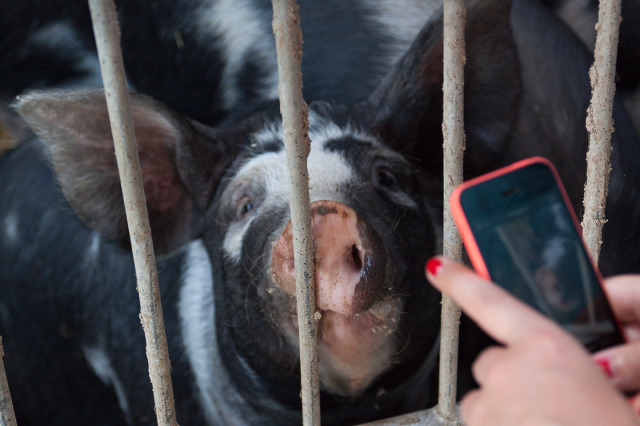
Oink to you too. It really warmed my heart to see piggies with access to acres of open land and a nice, uncrowded stable. And happy animals taste better as well.
The day before the competition the chefs got a guided tour of Knuthenlund in big yellow busses from the local bus company. They also got an opportunity to meet the local producers and taste the products. The chefs were allowed to inspect the area for products in order to have an idea of where they could possibly find ingredients for the cooking the following day, but they were not allowed to collect anything before the start of the competition Sunday morning.
I was impressed by this local apple wine from Østergård Vin – especially the Cryo variant. The name is derived from the cryo-extraction where the wine maker force-freezes the apples to extract a more concentrated juice – as with Eiswein, only the apples are frozen in a freezer and not left on the tree. The fruit and sweet/acidic balance was excellent and I imagine it’s perfect a match with an apple based dessert or cheese.
The local bus company transported the chefs around the area of Knuthenlund estate for the Saturday scouting trip.
Lindholm Dyb beach
Team Belgium the day before the competition
Bicycles ready for the chefs
Gentlemen, start your… charcoal grills. The competition has begun, and the teams lit their fires.
Team Germany ready at the starting line
Team Holland sets off for the treasure hunt
Kenneth Hansen of the Danish Team
Team Denmark’s Nicolai Nørregaard with his bike
Chef collecting berries
Sven Chartier of Team France
Team Germany
Claus Henriksen, Team Denmark in the woods
Julien Burlat of Team Belgium fishing for crab
Nicolas Scheidt of Team Belgium digging for wild roots
Wandering chef…
Goat on fire
Eel caught by the German team
Something’s cooking…
Herbs and flowers
Team Germany rolling goat cheese balls
Goat a la presse by Team Denmark
Chef Christophe Dufau of Team France
Nicolai Nørregaard, Team Denmark
Dufau… again
Nicolas Scheidt of Team Belgium explaining their menu to the jury. All teams were to present their menu in detail one hour before serving the first course.
The jury members were to taste and judge 15 courses.
Nicolai Nørregaard presenting the Danish menu to the jury.
Jurors Sang-Hoon Degeimbre and Bo Bech
Thomas Merkle explaining the German Team’s menu
Head of the Jury Jacob de Neergaard has an #instamoment
Sunday at exactly one o’clock, the dishes started arriving at the jury’s table, with two additional plates reaching the press jury. A plate was presented to the audience as well. Every 10 minutes for the next three hours a new dish arrived – 15 in all.
Potato puree and crab by Team Belgium
Carpaccio of hammered goat meat with goat cream on the side by Team Denmark
Tartar with mushroom consommé by Team France
Smoked eel with with fresh goat cheese with herbs by Team Germany
The eel was stunning and incredibly delicious, one of the best I have ever had, but it didn’t work well with the cheese to my taste.
Creamy potato with mushrooms and mushroom consommé by Team Holland
Rack and fillet of goat with a salad on the side by Team Belgium – especially the rack was exquisite
Team Denmark’s Sunday Roast was a great show.
The goat shank was wrapped in herbs and branches and then cloaked in a lit haystack, smoking as it was presented it to the jury.
Team Denmark’s second course: goat cooked in hay and braised with sauce goat á la presse.
A lovely, beautiful, tasty and just perfect dish.
Second course of goat by Team France
Goat fillet and goat tartar with parsley root by Team Germany
Goat rack by Team Holland
Again the rack was so tasty and tender. Note the Dutch signature of the tiny orange carrot cubes.
Apple with apple and blueberry puree inside by Team Belgium
The presentation was beautiful, but the fact that the apple was raw didn’t work well at all. I think maybe they ran out of time to work more on this dish.
Rødgrød med Fløde (traditional Danish dessert of cooked red berries and rhubarb) by Team Denmark with whipped goat cream followed by a baked apple with honey/caramel source and goat cream.
The rødgrød was spot on – a perfect sweet/sour balance and the apple also worked well with a slight burnt note to it from the charcoal grill.
Goat cream, cooked apples and blueberries topped with a potato crumble by Team France
Of all the desserts the French one was the best in my opinion. The effect of the potato crunch with the creamy, sweet apple and the goat cream underneath was perfect. It reminded me of a traditional Danish apple trifle. So good!
Dessert in the making – Team Germany
Dessert – Team Germany
The German journalist Stevan Paul in action.
Baked and caramelised apples on a puree of salsify (as far as I recall), topped with hazelnuts, by Team Holland
Like the competition jury, the press jury also had the Danish team as the winner, but with France in second place. My own top three was Denmark, Holland and France, but the overall level was mind blowing. What a team of professional chefs can do with some meat, a few roots and plants in four hours is amazing and humbling.
This event at Knuthenlund deserves even more focus. Newspapers Le Figaro from France and Le Soir from Belgium had sent food journalists to Knuthenlund. The France team brought with them a film crew who’s documentary about the event will soon be released. But almost no Danish press was present, and that’s a shame. World class produce and world class food is being made on Lolland, and as a country we need to give a lot more attention to passionate enthusiasts and business people like the Hovmand-Simonsens and their neighbours, and what these people are trying to do: Show us that you can in fact make a business from making quality products in an ecologically sound way.
Thank you for that, and thank you for two unforgettable and educational days.

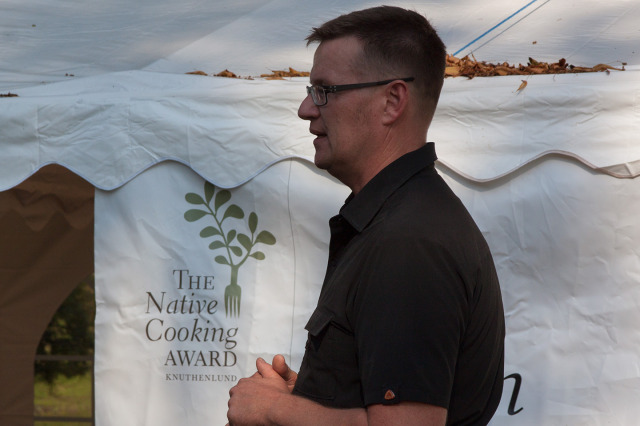
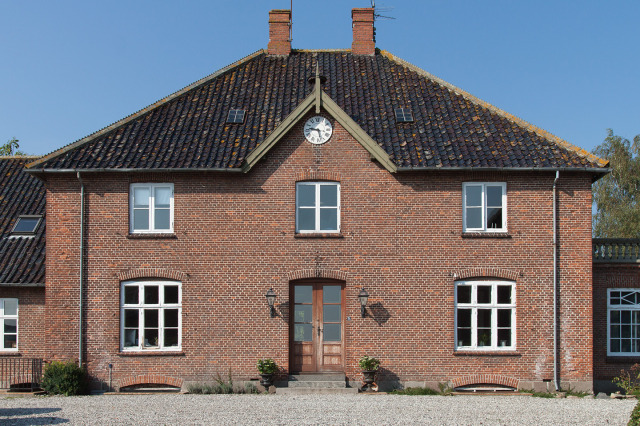
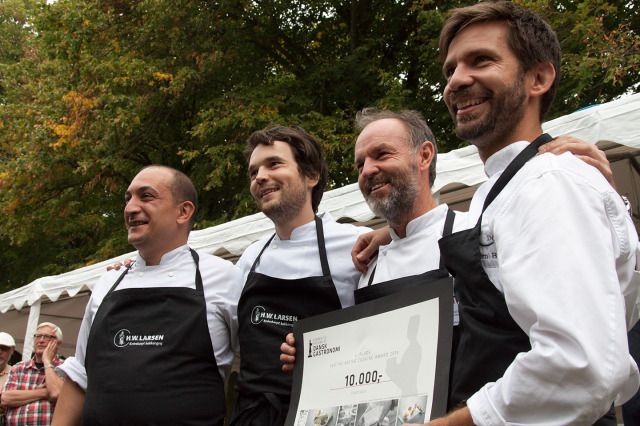
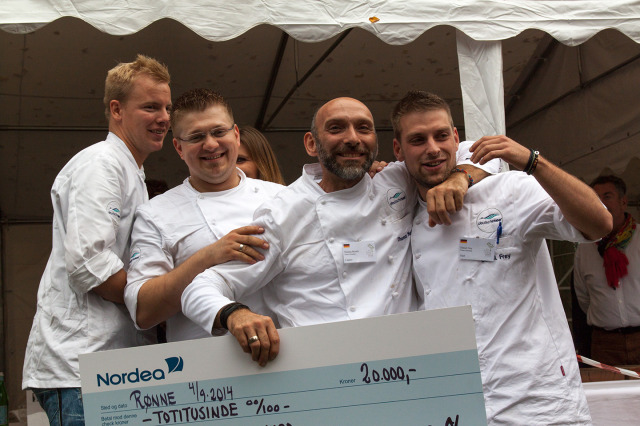

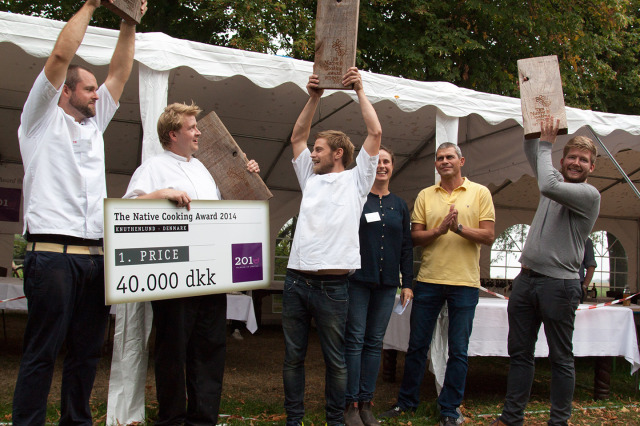
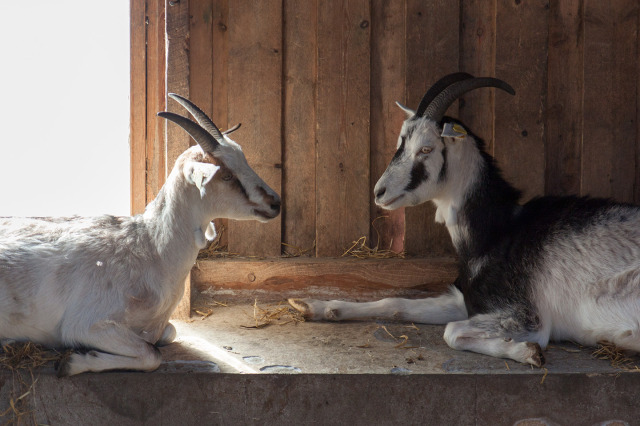
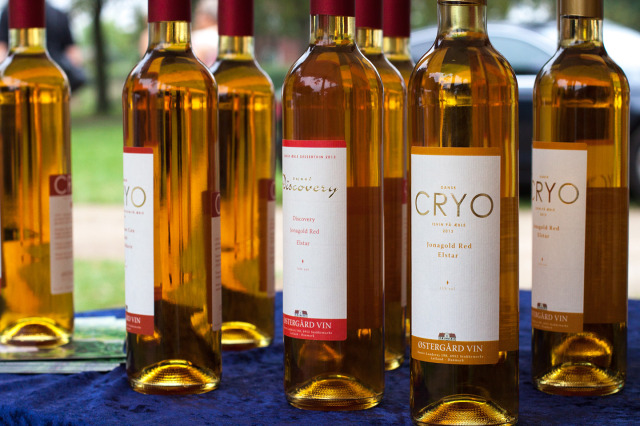
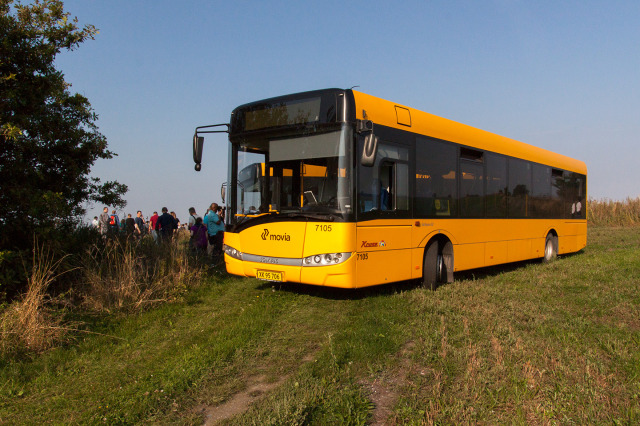
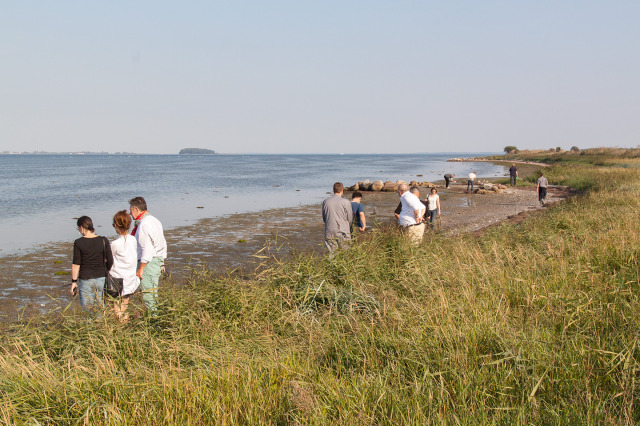
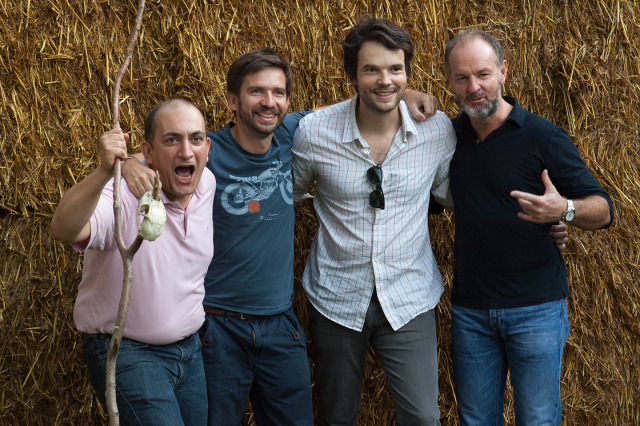
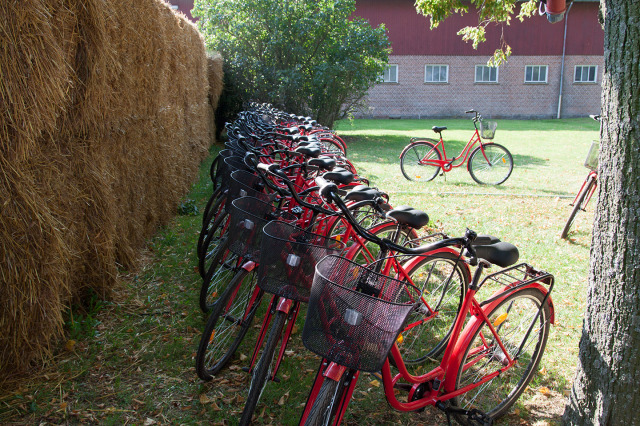
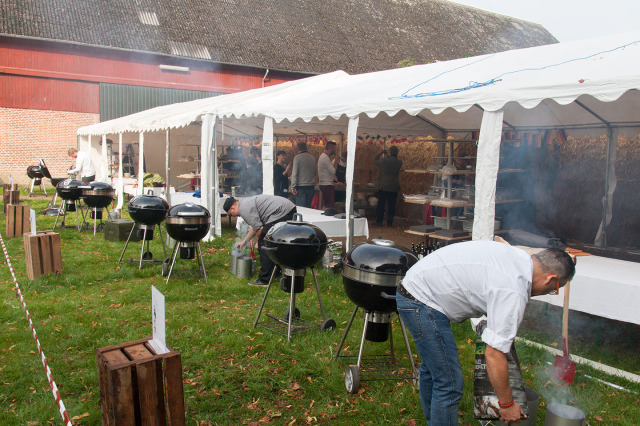
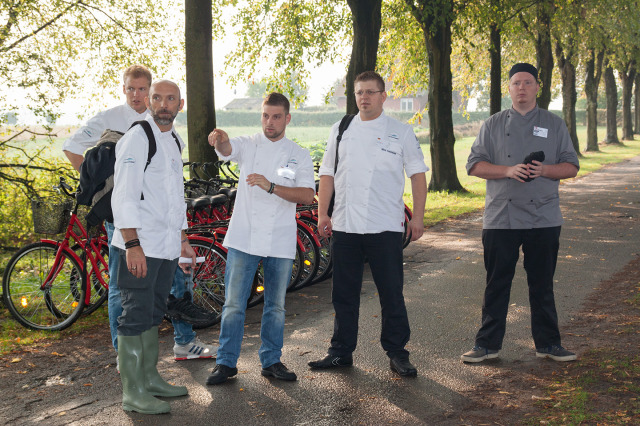
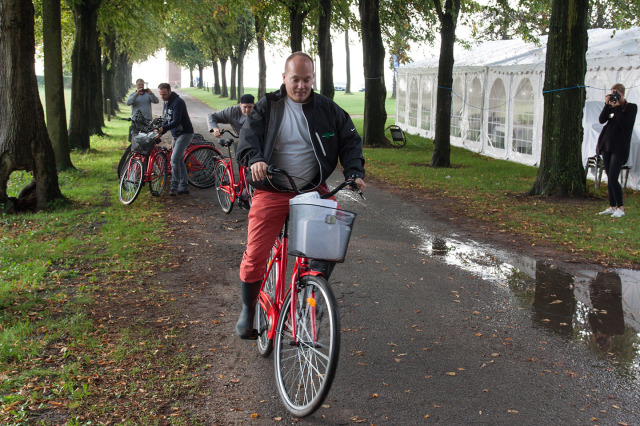
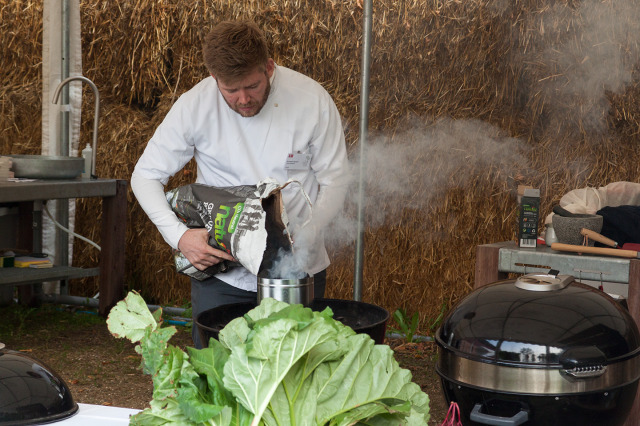
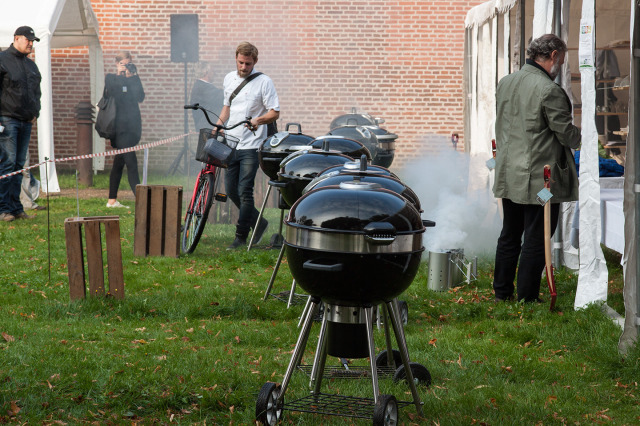
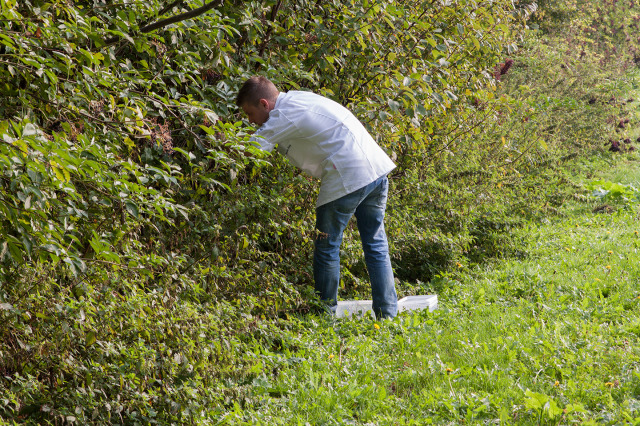
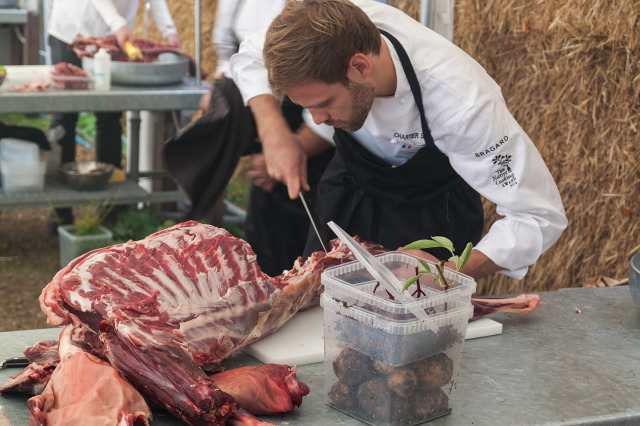
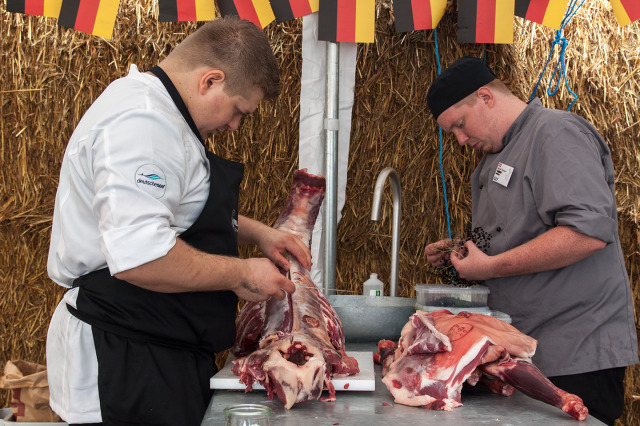
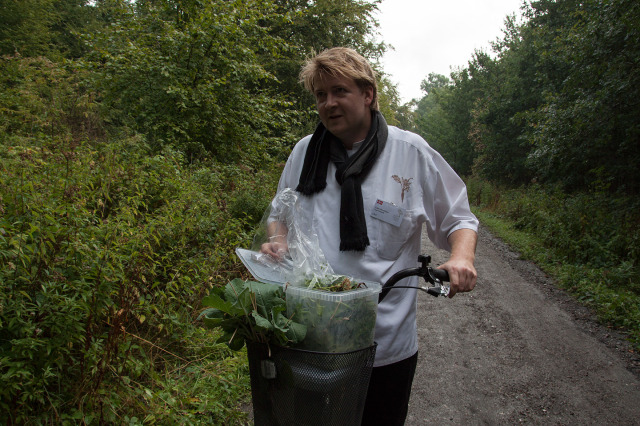
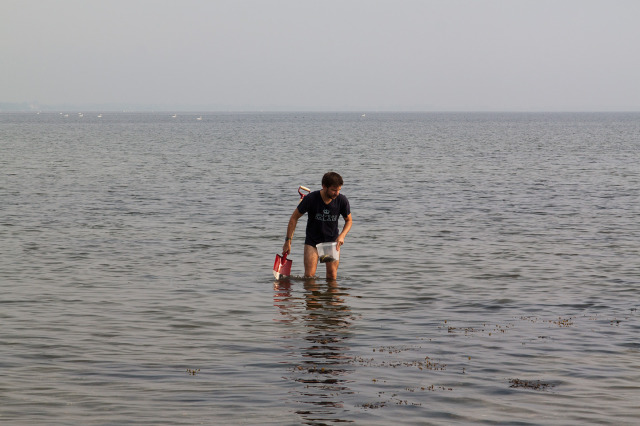
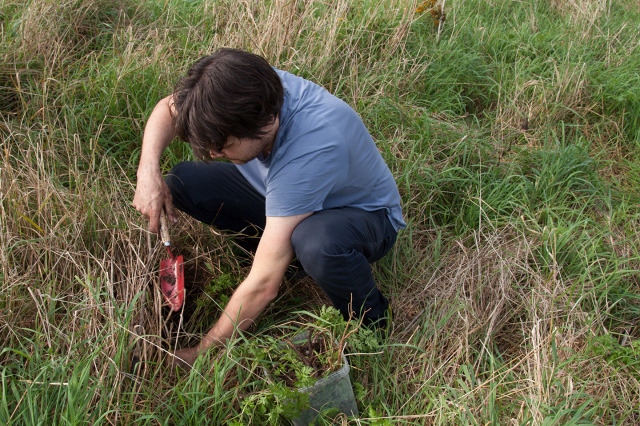
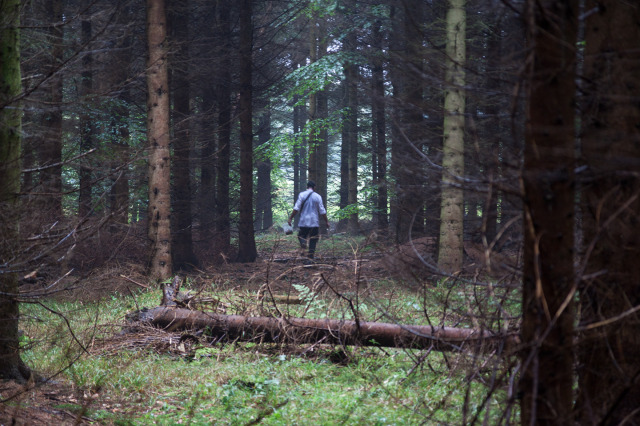
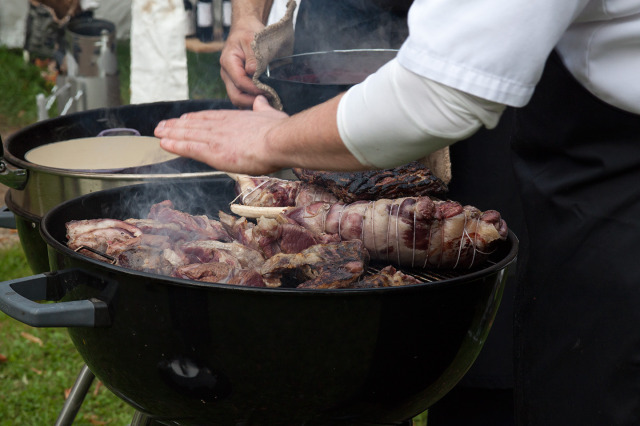
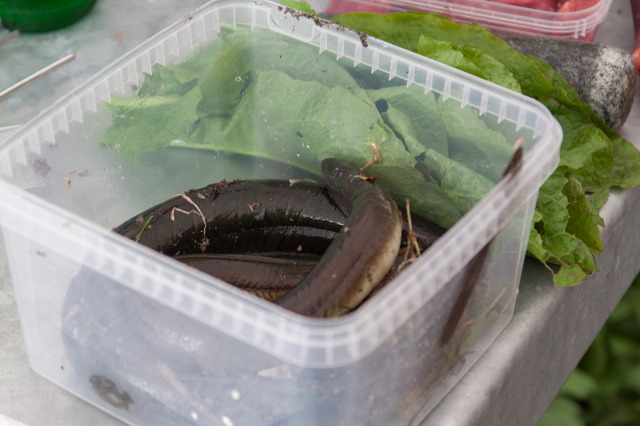
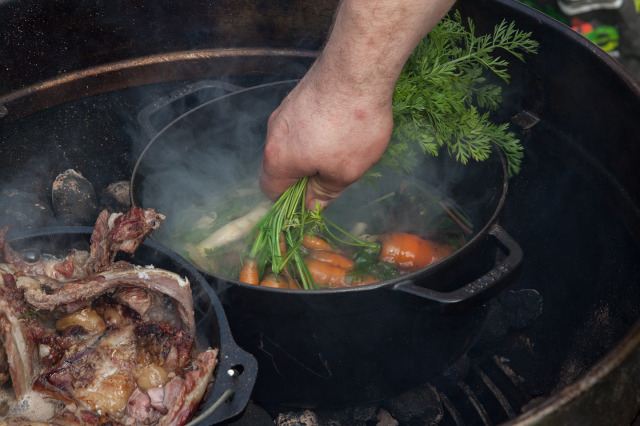
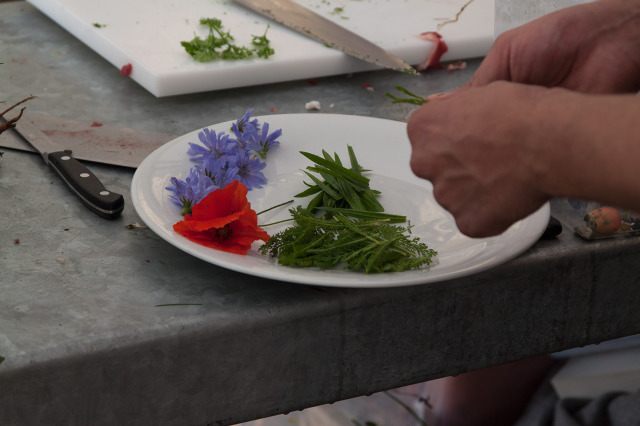
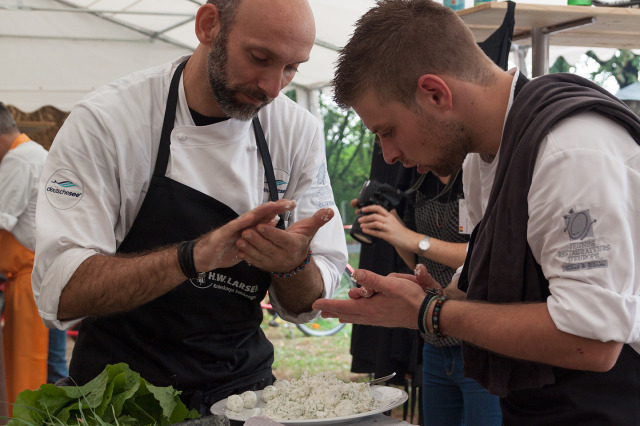
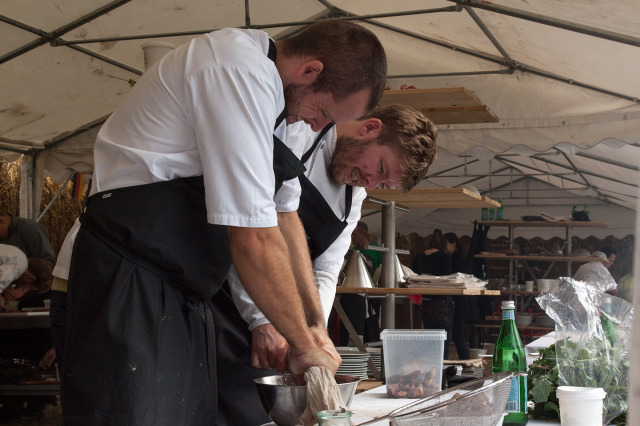
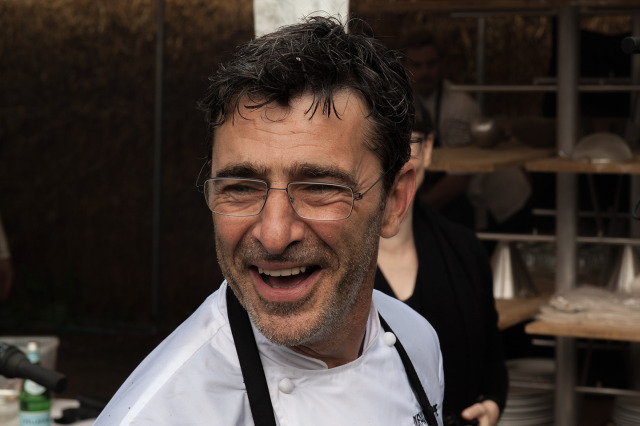
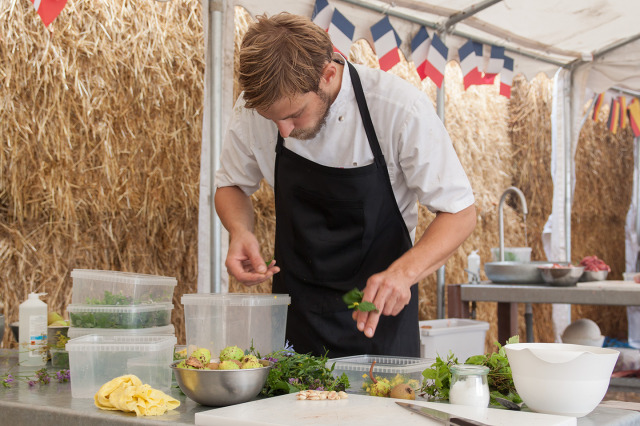

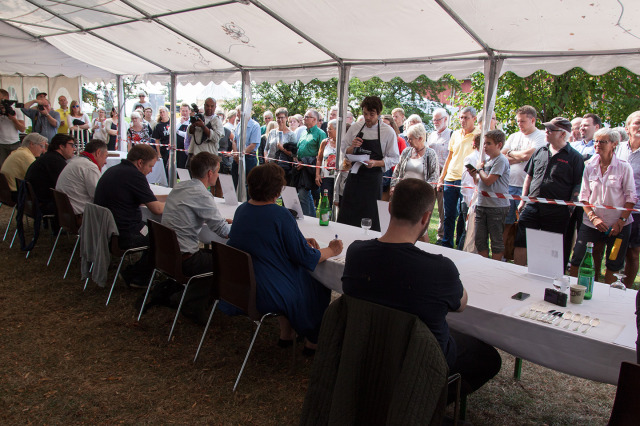
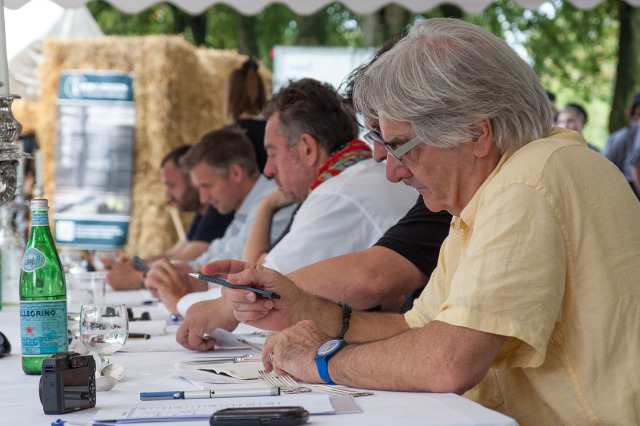
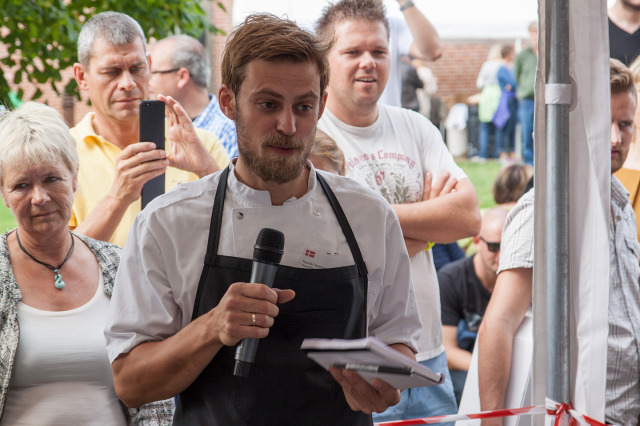
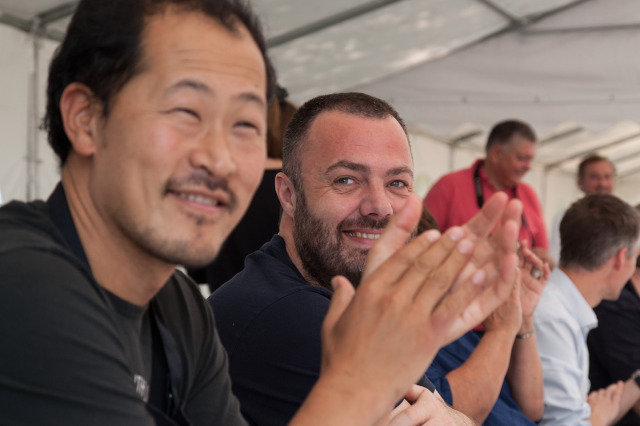
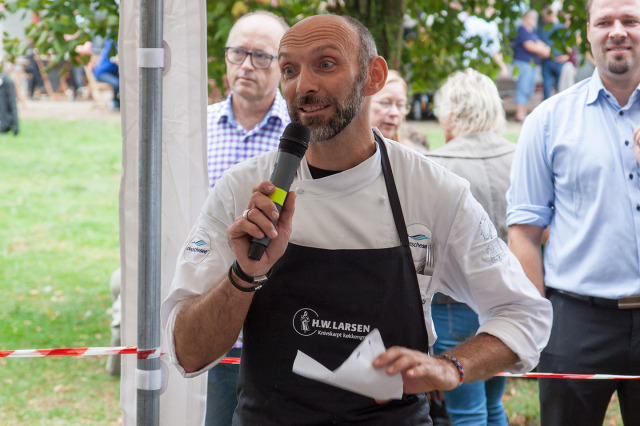
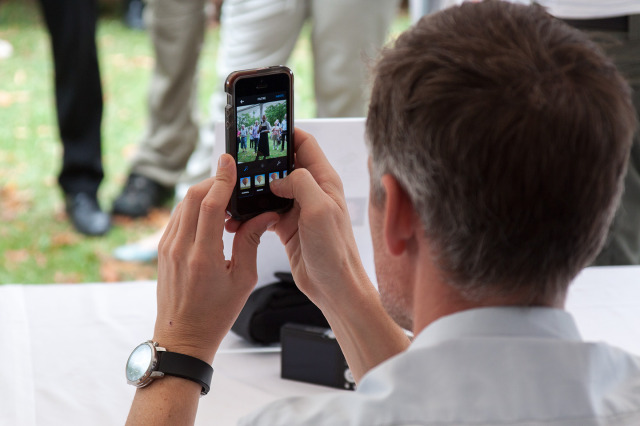
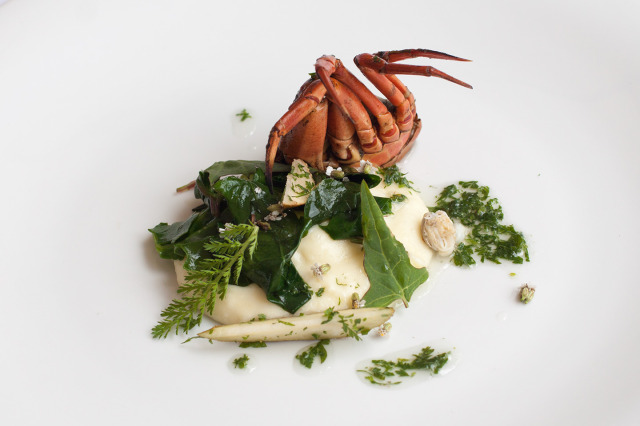
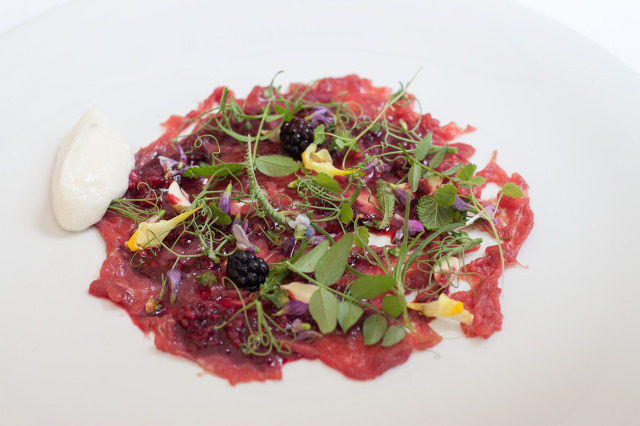
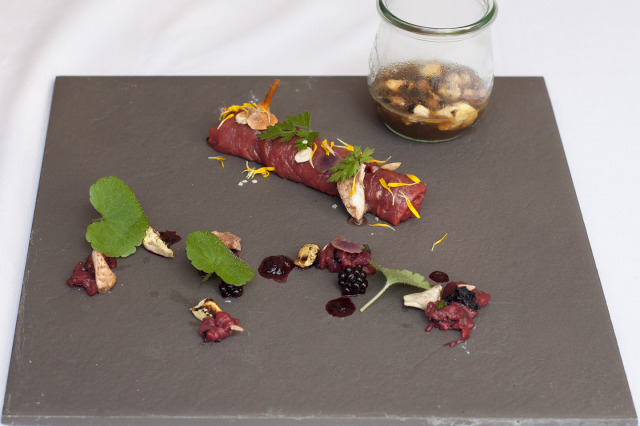
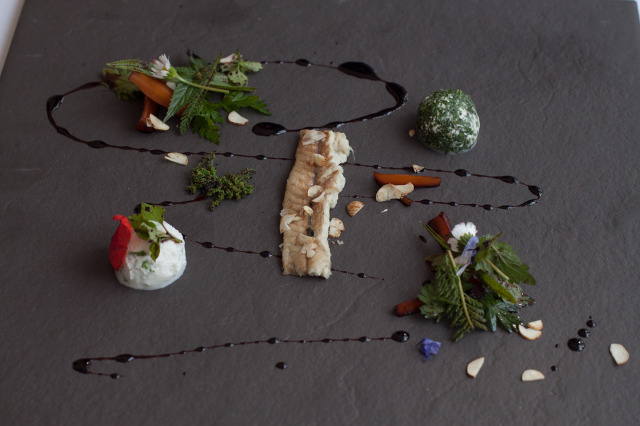
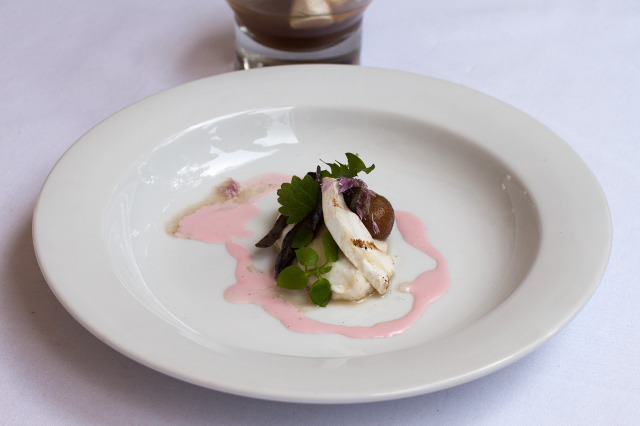

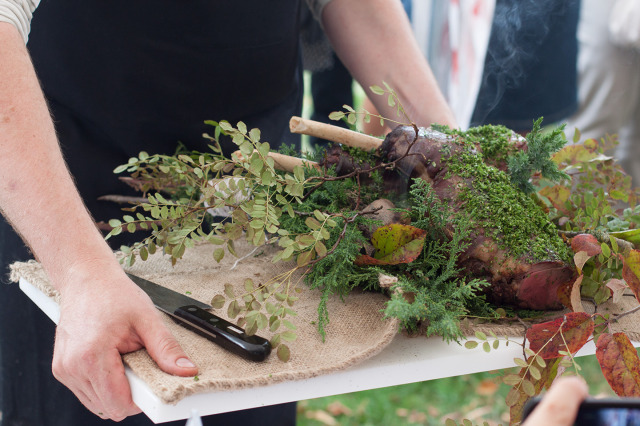
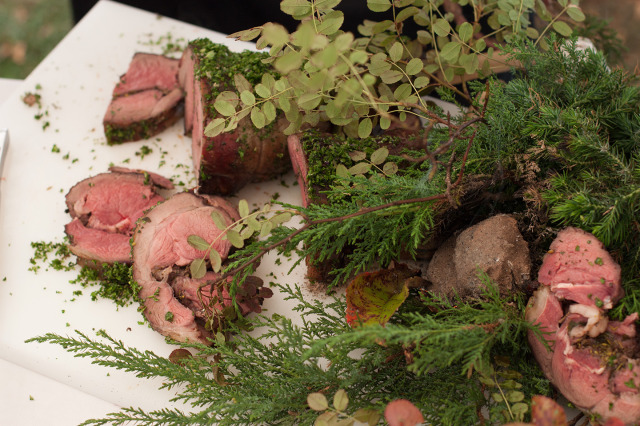
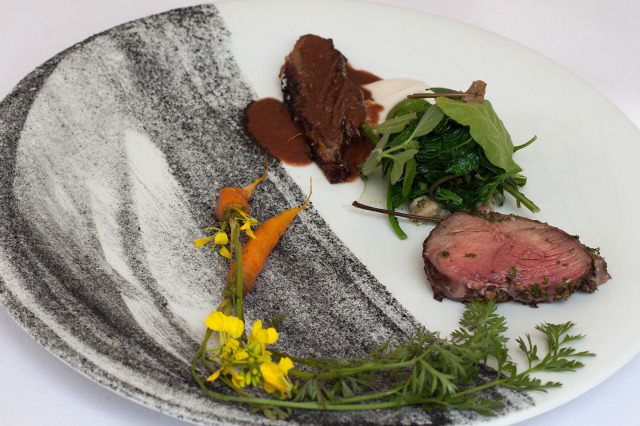
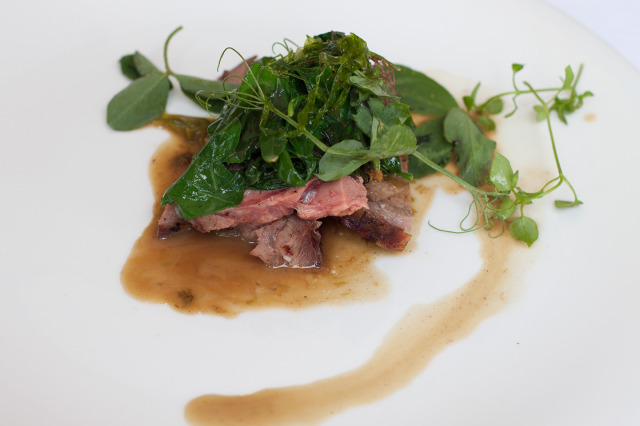
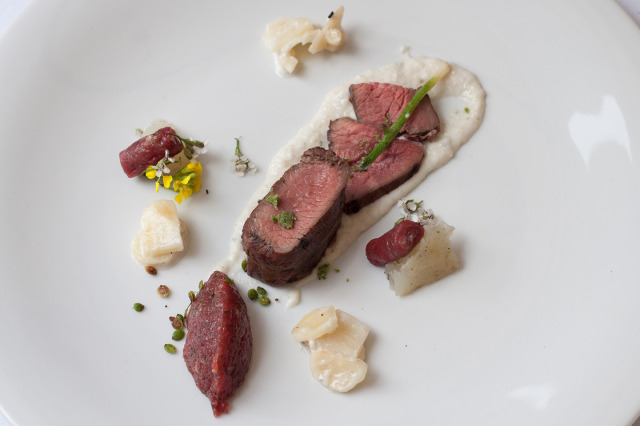
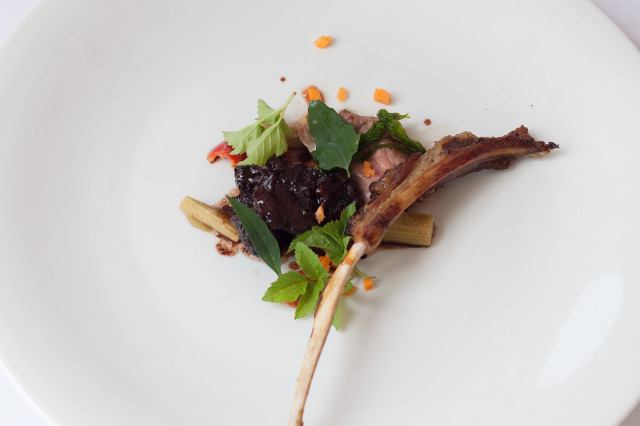
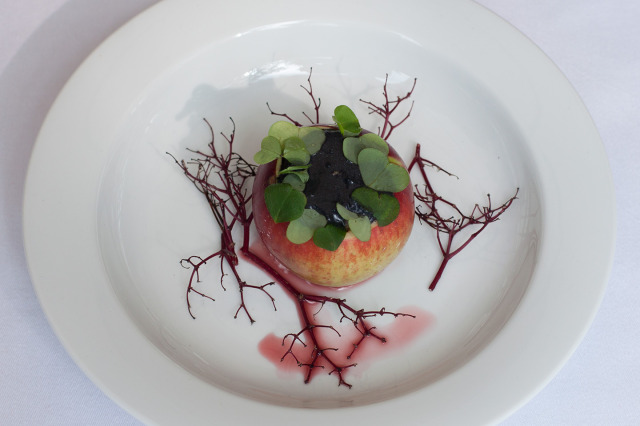
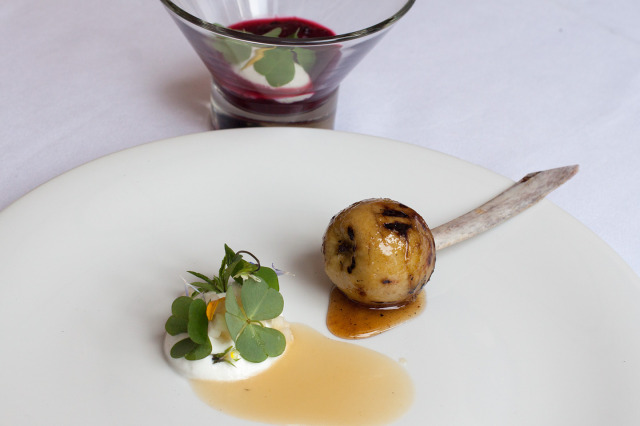
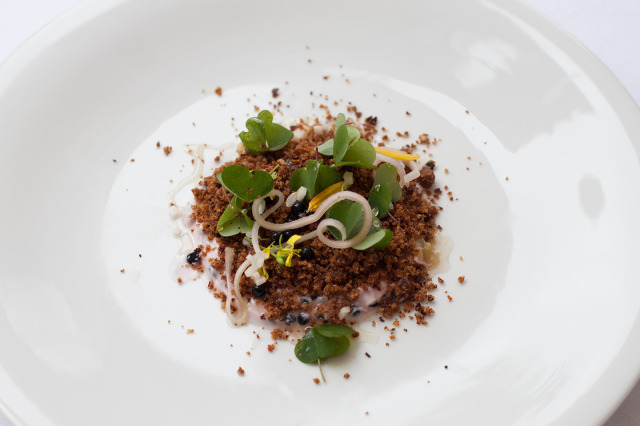
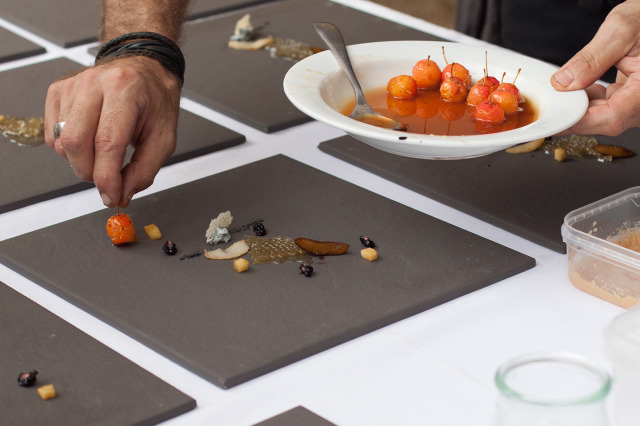
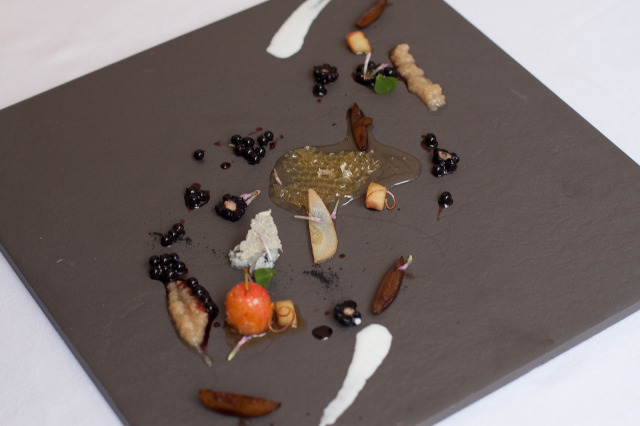
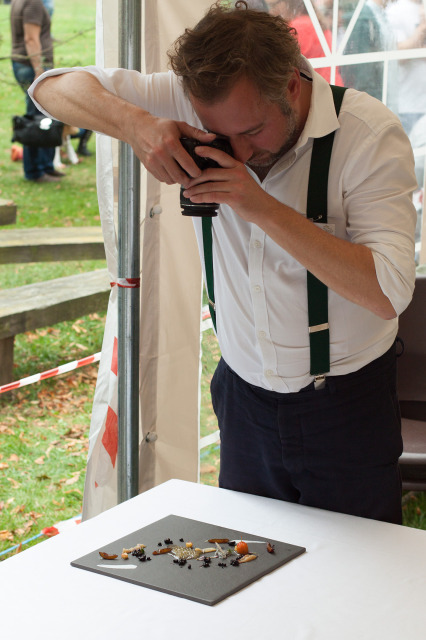
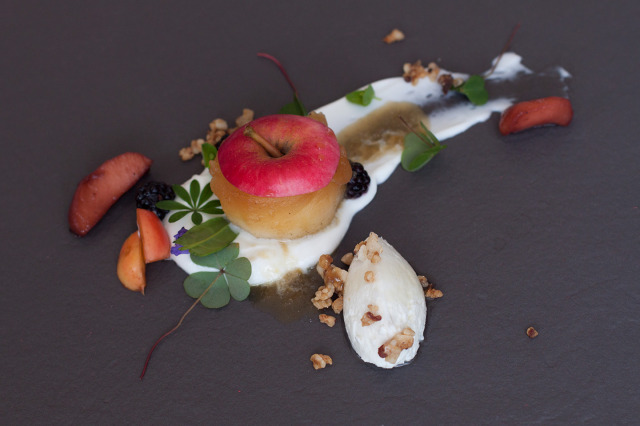
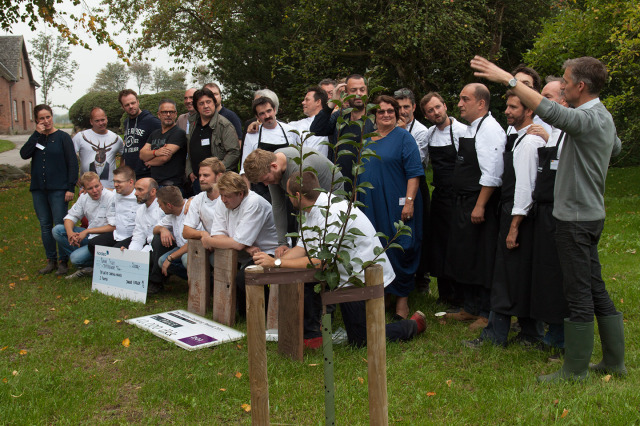
Thank U for a very interesting and mouthwatering article. Funny for a Dane to read your points of view on my country. Very beautiful photos as well.
Hov, fandt lige ud af, at du jo er dansker 😀 Men igen, virkelig fint indlæg, og hvor har du dog ret i, at den danske presse burde have været bedre repræsenteret, men vi lever jo i et land hvor ugens tilbud i Netto har langt højere prioritet end terroir – der er lang vej endnu, men det spirer og gror dog – heldigvis! Tillader mig at linke til denne artikel via min FB-profil.
Venlige hilsner fra Karen
Hej Karen
Mange tak for din kommentar og link fra din FB-profil. 🙂
Du har ret, der fokuseres desværre mere på (billig) pris end på kvalitet i Danmark.
Bedste hilsner
Trine